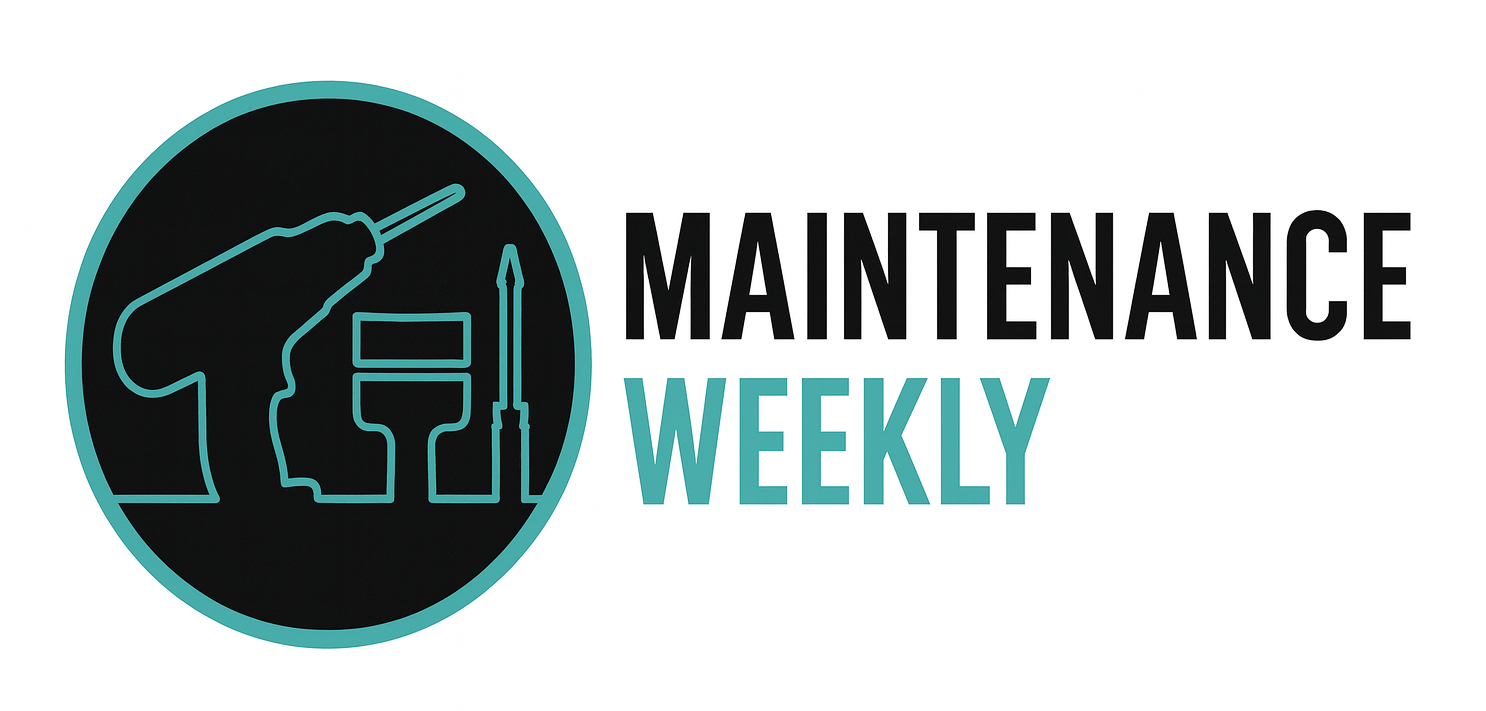How to Get a Job as an Auto Mechanic
Becoming an auto mechanic is an excellent career choice for those who enjoy working with their hands, solving problems, and understanding how vehicles function. With millions of cars on the road, skilled mechanics are always in demand. Here’s a step-by-step guide to landing a job in this field.
1. Understand the Role
Auto mechanics diagnose, repair, and maintain cars and light trucks. Their responsibilities often include:
-
Performing inspections
-
Diagnosing mechanical and electrical issues
-
Conducting routine maintenance (oil changes, brake service, tire rotation)
-
Repairing engines, transmissions, and other major systems
-
Using computerized diagnostic equipment
Mechanics work in dealerships, independent repair shops, fleet services, or may eventually open their own garage.
2. Get the Right Education and Training
While some employers hire entry-level workers with a high school diploma and on-the-job training, most prefer candidates with formal training. Options include:
-
Vocational or Technical Schools: Programs often last 6 months to 2 years.
-
Community Colleges: Associate degree programs that combine classroom instruction with hands-on training.
-
Apprenticeships: Paid positions that blend supervised work with training.
Taking courses in automotive technology, electronics, and computer diagnostics is especially valuable.
3. Earn Certifications
Certifications show employers and customers that you have proven skills. The most recognized credential in the U.S. is ASE (Automotive Service Excellence) certification. Mechanics can earn ASE certification in areas such as brakes, heating and air conditioning, electrical systems, and more. Master Technician status is achieved after passing a series of exams across multiple specialties.
Some employers also look for manufacturer-specific training (Ford, Toyota, GM, etc.).
4. Build Experience
Employers often value experience just as much as education. Ways to build it include:
-
Entry-level shop assistant or lube technician jobs
-
Internships during school
-
Apprenticeships
-
Volunteering at community garages or nonprofit car repair programs
Hands-on practice is essential to developing diagnostic and problem-solving skills.
5. Prepare a Strong Resume
Highlight:
-
Training and certifications
-
Experience with diagnostic equipment
-
Areas of specialty (electrical, diesel, hybrid vehicles)
-
Customer service skills
-
Safety knowledge
Be specific—mention the types of vehicles and systems you’ve worked on.
6. Search for Auto Mechanic Jobs
You can find openings through:
-
Automotive dealerships
-
Independent shops
-
National chains (Firestone, Midas, Pep Boys)
-
Online job boards (Mweekly.com)
-
Networking with instructors, mentors, or other mechanics
7. Ace the Interview
Employers will often test both your technical knowledge and soft skills. Be ready to:
-
Demonstrate familiarity with diagnostic tools
-
Talk about past repairs you’ve handled
-
Explain how you approach troubleshooting
-
Emphasize reliability, teamwork, and customer service
Dress professionally, even if the job itself is hands-on.
8. Plan Your Career Growth
Once hired, you can continue to advance by:
-
Earning additional ASE certifications
-
Specializing in areas like diesel engines, hybrids, or EVs
-
Moving into supervisory or service manager roles
-
Opening your own shop
With the rise of electric and hybrid vehicles, keeping your skills updated will ensure long-term career success.
Key Takeaway: To get a job as an auto mechanic, combine hands-on experience with formal training, pursue certifications, and demonstrate both technical and customer service skills. The more you invest in developing expertise, the more opportunities you’ll unlock in this growing industry.
Source: ChatGPT
